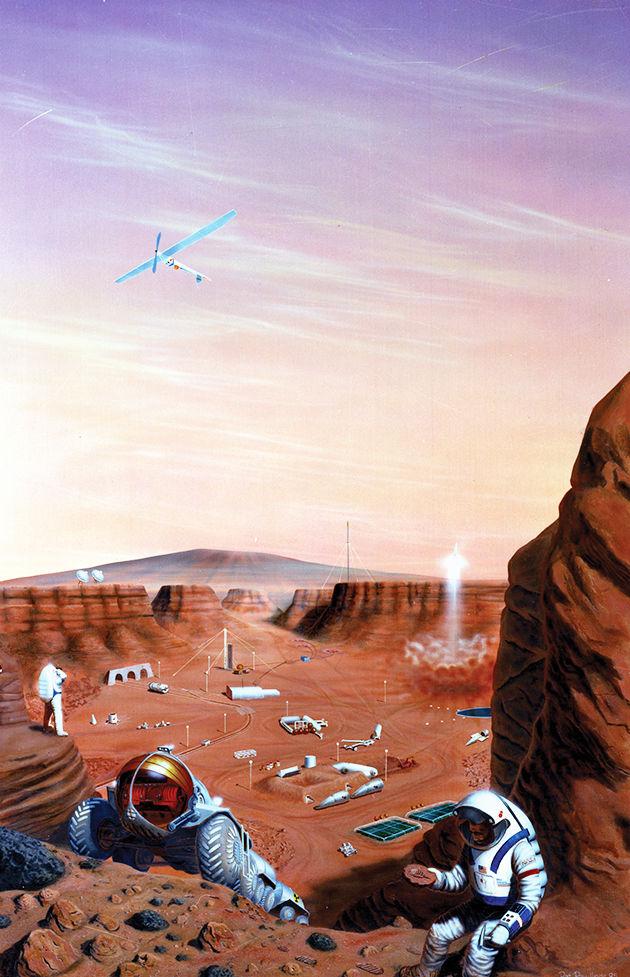Dozens of missions have left humans an immense reservoir of information about Mars — especially about its past — but substantial advancements remain necessary before humans can be sent there.
As said in the emergence of CEO of SpaceX Elon Musk’s plan to colonize Mars, monumental progress in rocket and space technology must be achieved. Manned missions present a whole new set of challenges: building a ship capable of taking humans to Mars and back, having enough food and water to last the crew and protecting them from radiation and many other problems. Despite what humans have learned from sending rovers to the Red Planet, the list is still long.
Adonios Karpetis, associate professor in aerospace engineering, said for such a mission a heavy focus should be placed on developing propulsion technology.
“The problem of Mars is that it’s a lot farther than the moon,” Karpetis said. “You need to support people for nine months going there and nine months coming back, and that adds a lot of weight.”
Improvements in rockets or ion engines could reduce the travel time to Mars — which reduces radiation exposure in the process — as well as providing a way of descending to the surface of Mars. David Kanipe, associate professor in aerospace engineering, said this is also a huge unknown fact.
“Mars’ atmosphere is thick enough to burn you up but not thick enough to slow you down,” Kanipe said. “So one metric ton is about the maximum that we have learned how to land on Mars.”
Traditional parachutes won’t work for a manned mission because even separate components — like habitats and landers — will weigh more than a ton each. Thus, humans must develop another method for descending to the surface before we can send a manned mission.
Nicholas Suntzeff, professor in the physics and astronomy department, said sending people to Mars may be farther away than people imagine.
“The technology for space research tends to get frozen early on because you have to be able to build things with space-qualifying components,” Suntzeff said. “And it takes a lot of time to prove that a particular component that when you put it in space and it gets exposed to all of that radiation in space, that it will survive.
For this reason, space contractors are reluctant to update old technology — meaning a long-term delay for any mission as complex as sending humans to Mars is inevitable. However, there are other ways to satisfy curiosity about the Red Planet.
Mark Lemmon, professor atmospheric sciences department, is currently part of a team that controls the Mars rovers Opportunity and Curiosity. He said that operating rovers provides valuable information about the best location for humans to colonize Mars.
“[Opportunity] has been investigating a place where we’re trying to find clues for clay formation,” Lemmon said. “We’re starting to drive away from there and we want to go to a place that used to be a gully on Mars where water would run down the hill into the crater that we’re circling.”
Although these rover missions pale in comparison to what a human mission could accomplish, scientists and researchers have learned a lot about Mars’ past and how it created the Mars of today.
“When you go far enough into Mars’ past there are times when water operated on the surface, there were rivers, there were lakes, there were deltas, and we know that clay is formed in that, and we know that all of the elements that life on earth needs existed in the water during the time that there was water [on Mars],” Lemmon said.










